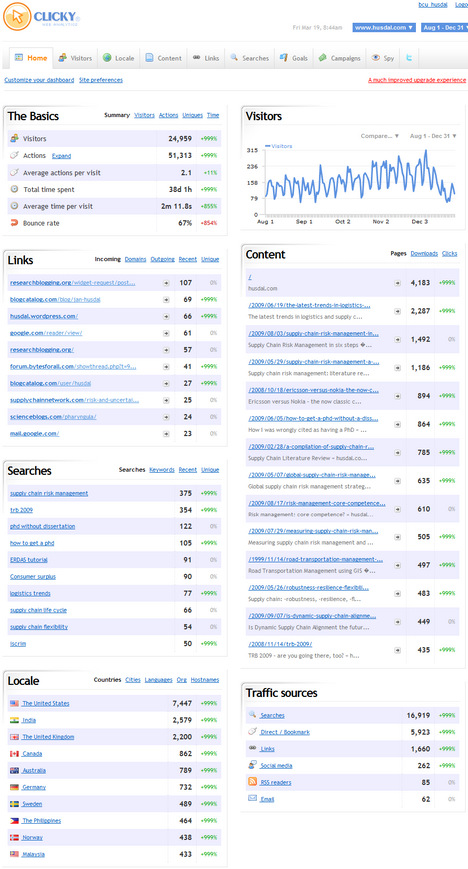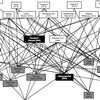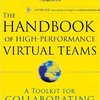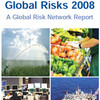 I said in my earlier post, looking back at how husdal.com had developed in 2009, that I would take a closer look at my traffic stats and here it is. It is indeed interesting to look back at 2009 and see which posts that did well, which ones that did not so well, analyzing how people found their way to my blog, and what they read most. One post in particular stands out, but not for the reason I expected. And what are all these visitors from India doing on my blog?
I said in my earlier post, looking back at how husdal.com had developed in 2009, that I would take a closer look at my traffic stats and here it is. It is indeed interesting to look back at 2009 and see which posts that did well, which ones that did not so well, analyzing how people found their way to my blog, and what they read most. One post in particular stands out, but not for the reason I expected. And what are all these visitors from India doing on my blog?
GetClicky
I owe my stats analysis to GetClicky, in my opinion the best stats tool next to Google Analytics. GetClicky has several payment plans, with the GetClicky Pro plan giving the best value for money at$10/mo or $60/yr. While this is not meant to be a review of GetClicky, I must say that the stats I get from GetClicky are just awesome, to put it in one word, and the user interface is easy to understand and near self-explanatory. Enough said, here are the details:

5 most read posts in 2009
- The latest trends in logistics and supply chain managementis a post that has very little substance, and just refers to the most sought after journal articles, but it appears to be what people are looking for.
- Supply Chain Risk Management in six stepsis a 2006 article by George Cantrell and James Kiser and serves well as an introductory chrash course in SCRM.
- Supply chain risk management: literature review and future researchis a review and classification of 82 journal articles on SCRM since 2000.
- Ericsson versus Nokia – the now classic case of supply chain disruptionis the case that shows how two companies used two very different approaches to handling the same disruption, and how one company went on to the world’s leader in mobile phones, while the other company didn’t.
- How to get a PhD without dissertationis a true story about how one my postings on this blog was wrongly cited in two research publications as being in my PhD, but that’s not why this post is so popular – the explanation follows below.
5 most used search phrases in 2009
- supply chain risk management is no surprise, given my two most read post.
- trb 2009 used to be a mystery to me, because why would a ton of people from India seach for a conference I went to in the US, but as I found out, TRB is also the acronym for the Teachers Recruitment Board of a state in India, and they announce the examination results online, and that is what people are looking for
- phd without dissertation is the reason why my post on my “fake” PhD is so popular, although I’m not sure what people are really looking for, except maybe how to write a PhD that is not a monograph or other “shortcuts” to academic success?
- how to get a phd must be related to the above.
- logistics trends is a bit suprisingly the 5th most searched for, but results in the most read post, although there are many variations of this search, e.g. supply chain trends, trends in SCM and so on.
Where do my visitors come from?
Looking at the map I still have some white spots to cover.

Unsurprisingly, given my blog topic, and also where most Internet users are, the US and Europe, along with Australia is where I find my audience. The presence of India may be because of “TRB”, or is it perhaps outsourcing and globalization contributing to Indian suppliers taking a closer look at supply chain risk? After a closer check 0f my my Indian visitors to find out, yes, it does appear that Indian-based suppliers to global supply chains are very concerned with supply chain risk. A good sign, I must say.
How do my visitors find me?
Building a blog is about building an audience and a following- So how do people get here?

Obviously, searches are my main source of traffic along with direct hits and bookmarks. The latter are my regular readers. I’m also linked too, but not too much, so I need to work on that. Social media is definitely an underexplored source of traffic, but what social media caters to supply chain risk and business continuity? That will be my challenge for 2010.
Goodbye Google Analytics
The above is just a tiny piece of what is possible with GetClicky. As my blog progresses and as my understanding of how to use GetClicky progresses I will be able to figure out more about honing my blog. I used to think that Google Analytics was the tracking thing to use. But no more. I really love my GetClicky. It also comes with some nifty widgets to put on my blog, which you can see in action on my audience and traffic page.
Link
- getclicky.com: Get your own GetClicky
Related
- husdal.com: 2009 – looking back












